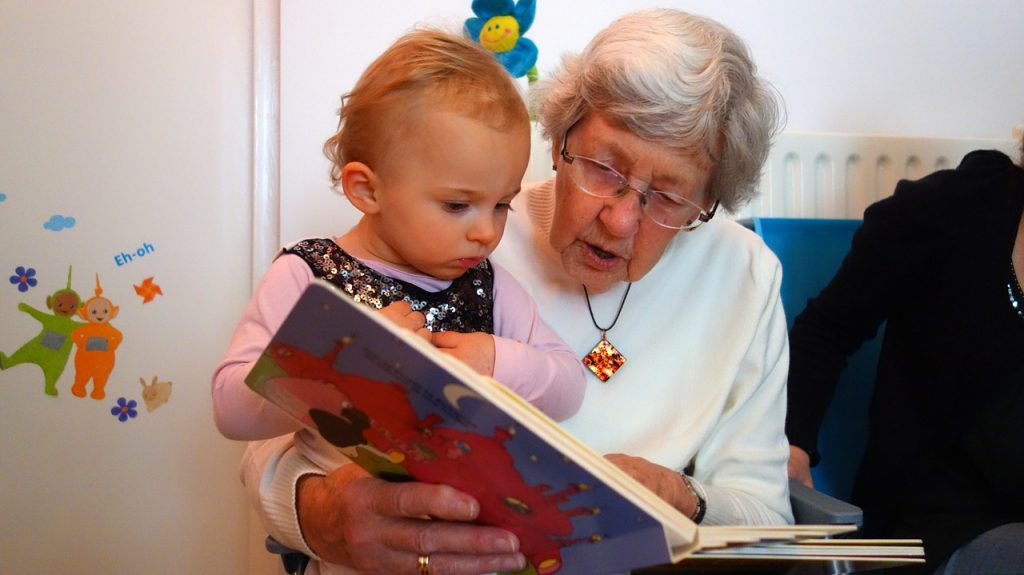Maria Montessori (1870-1952) was the first female doctor in Italy. She specialised in paediatrics and worked with children from disadvantaged backgrounds, setting up a nursery for children where the only toys were simple objects and staff were told to observe rather than intervene. Based on the results of her experiment she developed her own method, now known worldwide as the Montessori method, founded on her observations.
She believed education starts at birth and that children have special periods where they are more able to learn certain skills. It is the role of the adult to identify these periods and offer the child specially adapted activities. She felt that all children were naturally able to learn and curious about the world around them, learning through movement (particularly the hands) and the senses (which led to the development of her sandpaper letters), and show spontaneous self-discipline when in an environment that meets their needs.
She divided the curriculum into several areas – language development through speaking, listening, reading and writing (taught using the phonetic method); numeracy through concrete manipulation of number and mathematical concepts; science and the wider world, leading to exploration of the people, events and traditions of the world and incorporating expressive arts such as music, dance and art; sensory education which helps children observe the world around them and develops the skills of classification, evaluation and sequencing; and practical life skills which teach care of the environment, care of the self and care of others.
How can we apply Montessori’s methods today?
Many preschools all over the world adhere to Montessori principles, and even more early years settings are inspired by some of her ideas. In the home we can focus on making the environment accessible with child sized furniture, drinks within easy reach and toys displayed at their height, allowing children independence and encouraging them to develop skills such as dressing themselves and eating with cutlery from an early age, and allowing children time to focus on their interests, manipulating objects and materials to explore their properties, rather than jumping in to show them how it’s done.

